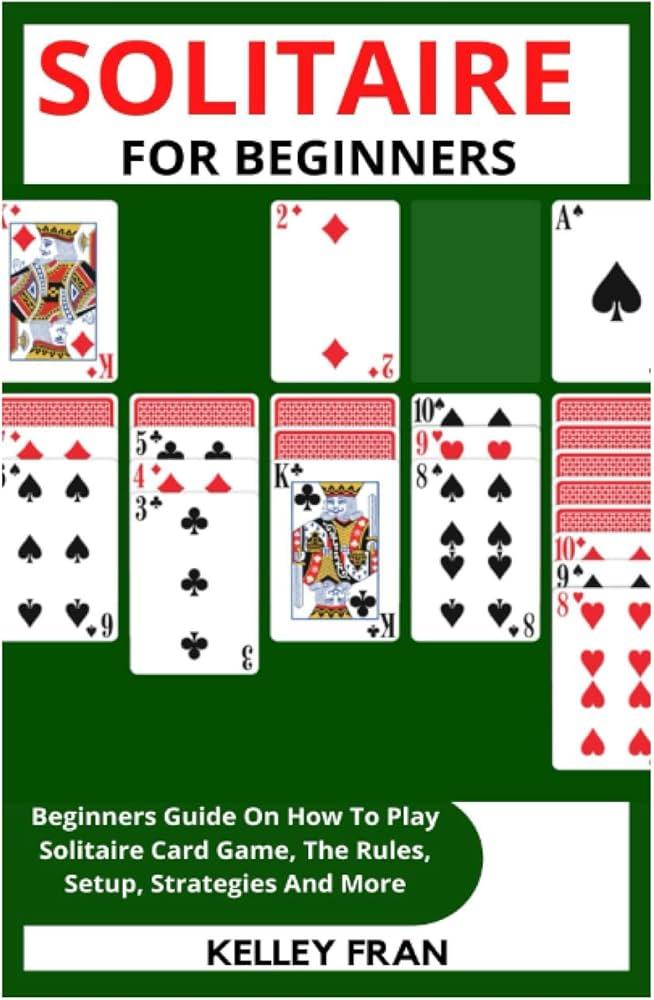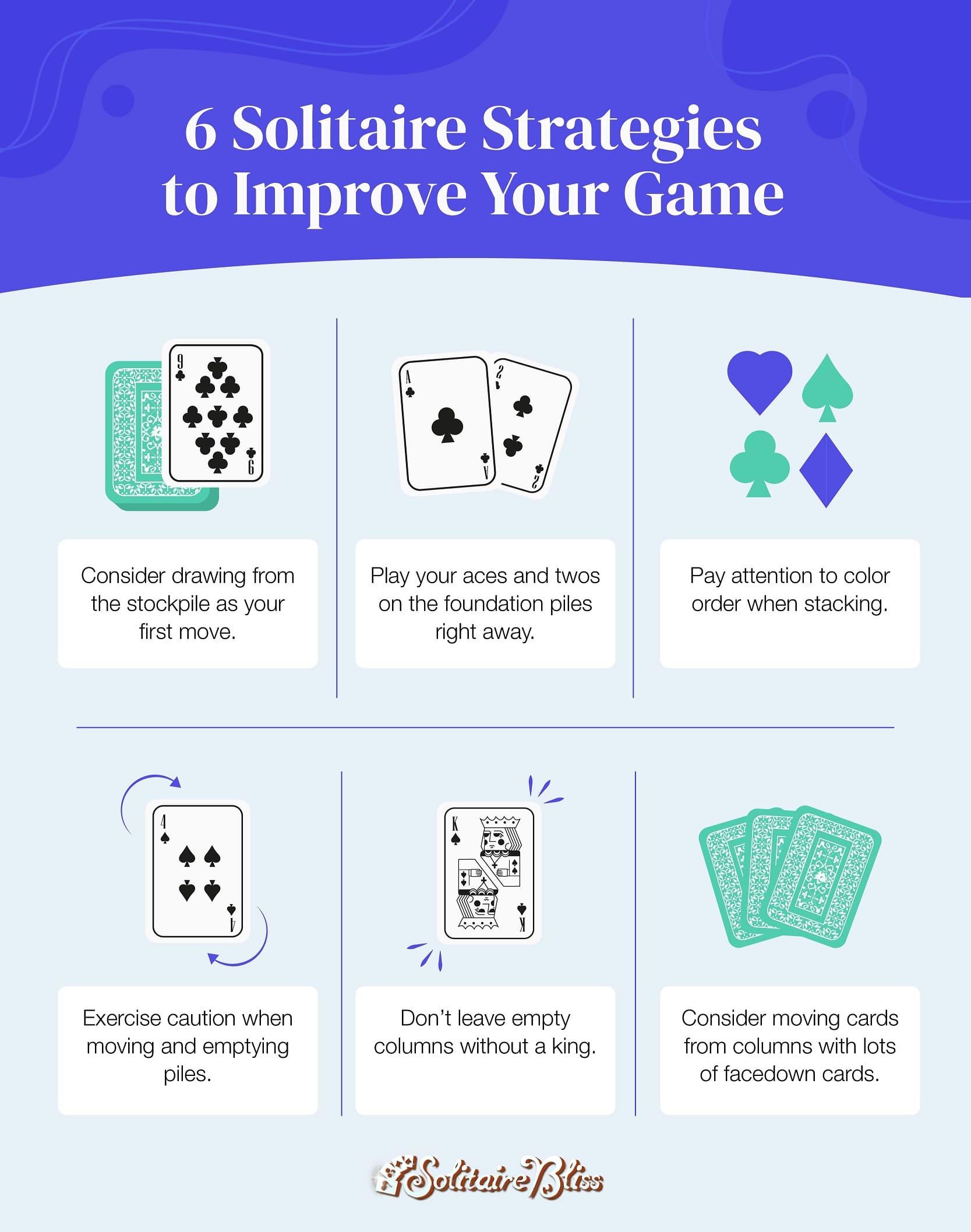how solitaire is played nyt
Unraveling the Classic: How Solitaire is Played in the New York Times
In the hustle and bustle of modern life, where digital distractions abound, there exists a timeless game that invites players to pause, reflect, and engage in a solitary journey of strategy and chance: Solitaire. While often associated with the solitary confinement of one’s own thoughts, this enigmatic card game has found a vibrant home in the pages of the New York Times, captivating both seasoned strategists and curious newcomers alike. But what makes this classic pastime so alluring, and how is it played in the hallowed halls of one of America’s most esteemed publications? Join us as we delve into the rules and nuances of Solitaire, uncovering the charm that has kept it a beloved staple for generations, all while exploring its unique presentation in the New York Times.
Understanding the Rules and Setup of Solitaire for New Players
For newcomers to Solitaire, understanding the rules can make the game engaging and enjoyable. To begin, you’ll need a standard 52-card deck, shuffled thoroughly. The foundation setup consists of seven tableau piles arranged in a staggered format. The first pile has one card, the second two, and so forth until the seventh pile which has seven cards. Only the top card of each pile is face-up, while the others remain face-down. Players can draw cards from a reserve pile, often set to the side, which can provide additional options to move cards during play.
Here are the basic rules to consider as you navigate the game:
- Goal: Move all cards to the foundation, organized by suit in ascending order, from Ace to King.
- Moves: You can move cards between tableau piles, but only onto cards of alternating colors in descending order.
- Empty Spots: Any empty tableau pile can be filled with a King, but cannot be filled with any other card.
- Drawing Cards: Players can draw cards from the stockpile, typically one or three cards at a time, depending on the version of Solitaire you are playing.
| Card Rank | Suit |
|---|---|
| Ace | Hearts |
| 2 | Diamonds |
| 3 | Clubs |
| 4 | Spades |

Mastering Strategic Moves to Enhance Your Solitaire Game
In order to elevate your Solitaire gameplay, mastering key strategies can significantly improve your chances of success. The foundation of this classic card game lies in the careful manipulation of available moves, and understanding the following strategies can make a substantial difference:
- Prioritize Aces and Twos: Always move Aces and Twos to the foundation as soon as possible to clear space on the tableau.
- Uncover Hidden Cards: Focus on revealing and playing from the face-down cards, as this creates opportunities for more moves.
- Manage Your Kings: Only move Kings to open columns when necessary; consider whether that column can be effectively utilized afterward.
- Plan Ahead: Visualize future moves. Sometimes, it’s better to hold off moving certain cards to maximize potential combinations later.
- Utilize the Stock Wisely: Be mindful of how you draw from the stock. Each draw can open up new possibilities or close off existing paths.
To illustrate the importance of thoughtful strategic moves, consider the following table that outlines potential outcomes based on different tactics:
| Moves | Outcome |
|---|---|
| Move Ace to foundation immediately | Increased space and card access |
| Leave a hidden card covered | Missed opportunity for future moves |
| Draw multiple cards from stock | Potential for overwhelming combinations |
| Strategically move a King | Optimized table management for future plays |
Discovering the Different Variants of Solitaire and Their Unique Challenges
As you delve deeper into the world of solitaire, you’ll discover an array of fascinating variants that offer unique twists and challenges to the classic gameplay. Each variant introduces its own set of rules and mechanics, allowing players to experience solitaire in exhilarating new ways. Some popular types of solitaire include:
- Klondike: The traditional form most people know, where players build four foundational piles from Ace to King.
- Spider: A more complex variation played with two decks, focusing on removing entire sequences of cards.
- FreeCell: A strategic version where all cards are dealt face-up, emphasizing foresight and planning.
- Crescent: A two-player variant that pits opponents against each other in a race to complete their tableau first.
Moreover, each version not only enhances your strategic thinking but also tests your adaptability. You will encounter unique challenges, such as managing limited moves, uncovering hidden cards, or maneuvering around complex setups. Below is a brief comparison of some of these variants in terms of difficulty and strategic elements:
| Variant | Difficulty Level | Strategic Elements |
|---|---|---|
| Klondike | Medium | Card sequencing, foundation building |
| Spider | Hard | Managing multiple decks, complex moves |
| FreeCell | Medium to Hard | Planning, foresight |
| Crescent | Medium | Competition, strategic blocking |
Tips and Tricks for Improving Your Solitaire Skills Over Time
Improving your solitaire skills requires both practice and strategy. One effective approach is to familiarize yourself with different game variations. Each version of solitaire has unique rules and nuances that can enhance your experience and strategic thinking. Try playing classic Klondike, Spider, or FreeCell to broaden your skill set. Here are some tips to keep in mind:
- Plan Multiple Moves Ahead: Before making a play, consider the potential consequences of your actions. Visualize the outcome several moves in advance to avoid traps.
- Prioritize Exposing Face-Down Cards: The more face-down cards you reveal, the more options you generate. Focus on strategies that allow you to flip over these cards as quickly as possible.
- Utilize the Undo Feature: If you’re playing digitally, don’t hesitate to use the undo button to analyze your previous moves and understand mistakes.
Another significant aspect of mastering solitaire is maintaining patience and a positive mindset. Sometimes, the game can induce frustration, especially if the deck doesn’t cooperate. Incorporate these practices to build resilience:
- Set Realistic Goals: Instead of aiming for a win every time, set achievable objectives such as improving your speed or minimizing mistakes.
- Establish a Routine: Regularly practicing solitaire at specific times can foster discipline and allow for consistent improvement.
- Analyze Your Games: After each session, take a moment to reflect on what worked and what didn’t. Develop the habit of learning from each game to enhance your strategic thinking.
In Retrospect
As we wrap up our exploration of solitaire, it’s clear that this seemingly simple card game unfolds layers of strategy, patience, and introspection. Whether you’re a seasoned player or a newcomer intrigued by its timeless appeal, solitaire offers a unique blend of challenge and relaxation, perfect for a quiet afternoon or a brief escape from the chaos of daily life.
In a world where we often rush, solitaire invites us to slow down, reflect, and engage our minds in a delightful puzzle. Each deal presents a new opportunity, reminding us that victory is often a product of focus and perseverance. So, the next time you shuffle your deck and lay out your cards, remember: it’s not just a game of luck, but a journey of strategy where every decision shapes your outcome. Embrace the challenge, revel in the calm, and let the cards reveal their secrets—one move at a time.

Leave a Reply